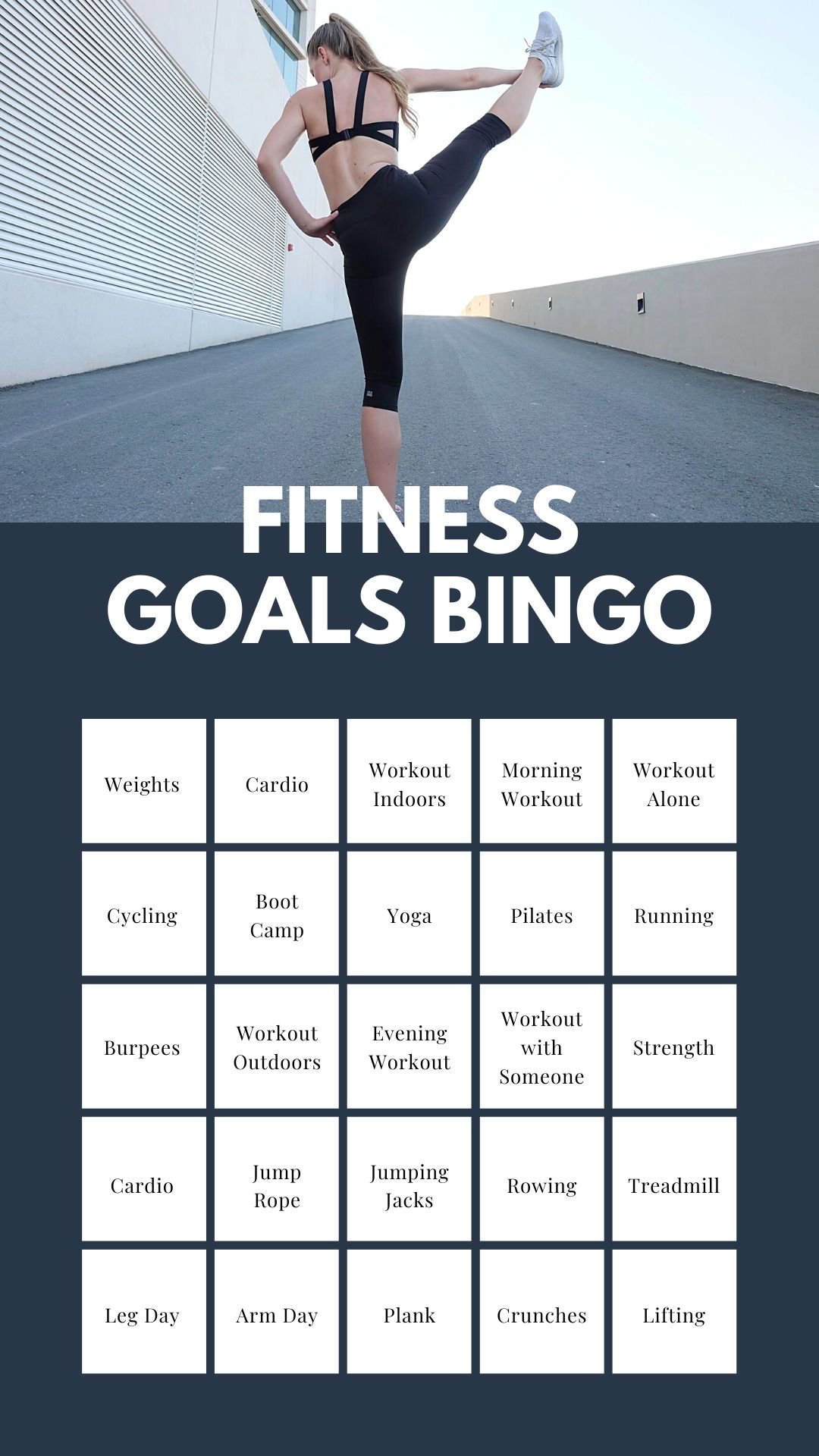How Does a Pedometer Help People Reach Their Fitness Goals?
Pedometer help people reach their fitness goals In the pursuit of a healthier lifestyle, fitness goals often take center stage. Whether it’s shedding those extra pounds, increasing cardiovascular endurance, or simply staying active, one tool that has gained popularity for its effectiveness is the humble pedometer. This small device, often worn on the waistband or wrist, tracks the number of steps an individual takes throughout the day. But how does a pedometer contribute to reaching fitness goals?

-
Tracking Progress and Accountability
One of the key ways a pedometer aids in fitness goals is by providing real-time feedback on daily activity levels. The step target can be set to become a tangible goal that can be easily tracked. As the pedometer records steps taken, individuals can monitor their progress and hold themselves accountable for staying active. This continuous feedback loop encourages consistency and prevents the lack of awareness that can often hinder progress.
-
Encouraging Active Lifestyle
By setting step goals, individuals are motivated to incorporate physical activity into their daily routine. Whether it’s taking the stairs instead of the elevator, going for a brisk walk during breaks, or opting for a stroll after dinner, the pedometer encourages the adoption of an active lifestyle. Small, incremental changes accumulate over time, helping individuals stay on the path to achieving their fitness objectives.
-
Measuring Baseline Activity
Before embarking on a fitness journey, it’s important to understand one’s baseline activity level. A pedometer provides insight into how many steps typically taken in a day This baseline serves as a starting point for setting realistic fitness goals. Gradually increasing the step count based on this baseline ensures that progress is achievable and sustainable, minimizing the risk of burnout.
-
Setting Attainable Goals
The beauty of a pedometer lies in its flexibility. Individuals can tailor step goals to their current fitness level and gradually increase them as they improve. This adaptability makes the pedometer suitable for people of all ages and fitness backgrounds. The ability to set and achieve these incremental goals boosts confidence and keeps individuals motivated on their fitness journey.
-
Creating Awareness and Motivation
Often, individuals underestimate the amount of physical activity they engage in daily. A pedometer acts as a reality check, providing a clear picture of how active or sedentary one’s lifestyle may be. This awareness can be a powerful motivator for making positive changes. As steps are logged, individuals are encouraged to find opportunities to increase their activity levels, contributing to overall health and well-being.
-
Fostering Healthy Competition
Many people find motivation in friendly competition. Wearable fitness tech has led to social platforms enabling people to connect, compare step counts, and participate in virtual challenges with friends and family. This social interaction adds an element of fun and accountability, pushing individuals to step up their game and stay consistent in their pursuit of fitness.
In conclusion, a pedometer is not just a step-counting device; it’s a valuable tool that empowers individuals to take charge of their fitness journey. By setting achievable goals. Promoting an active lifestyle and providing tangible feedback. The pedometer plays a significant role in helping people reach their fitness aspirations. It’s a reminder that every step counts and that the path to a healthier life begins with that first stride.

6 thoughts on “How Does a Pedometer Help People Reach Their Fitness Goals?”